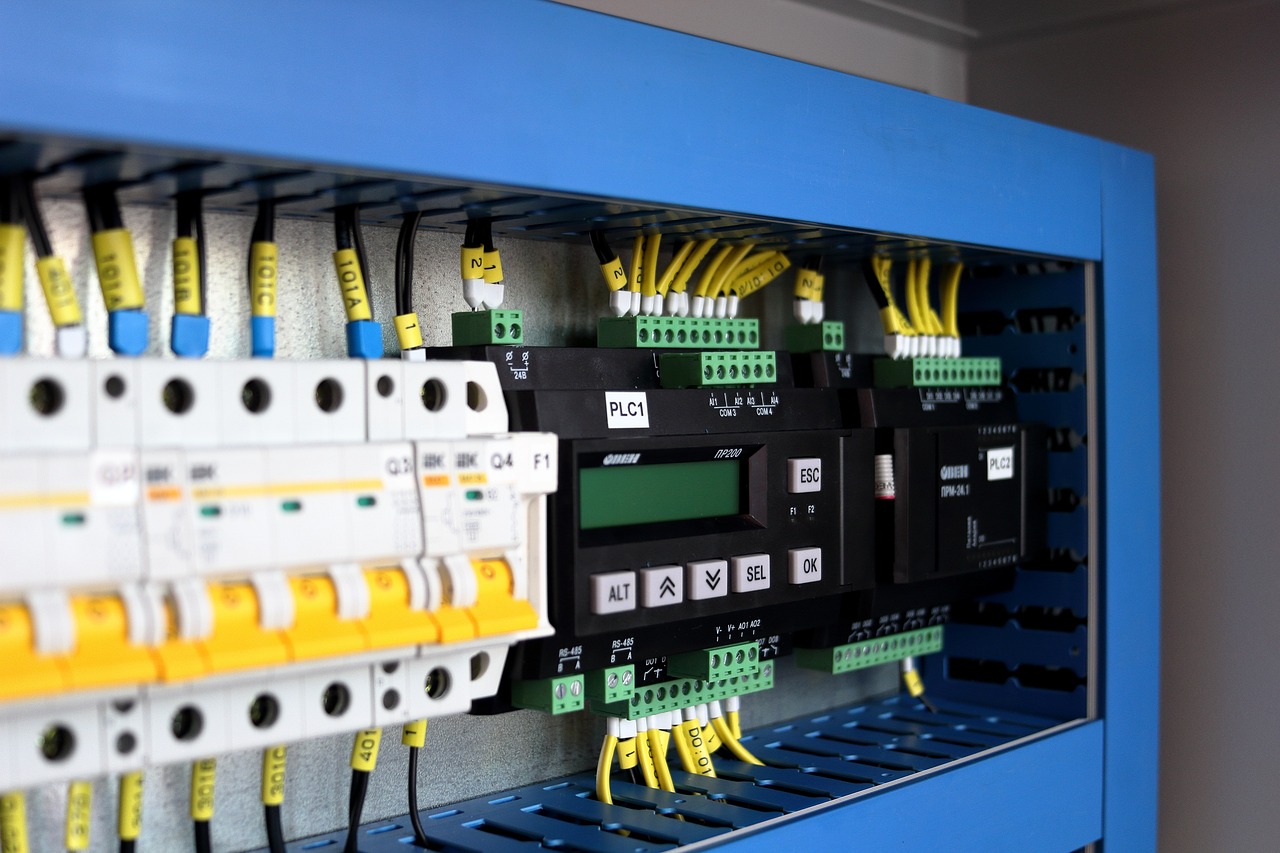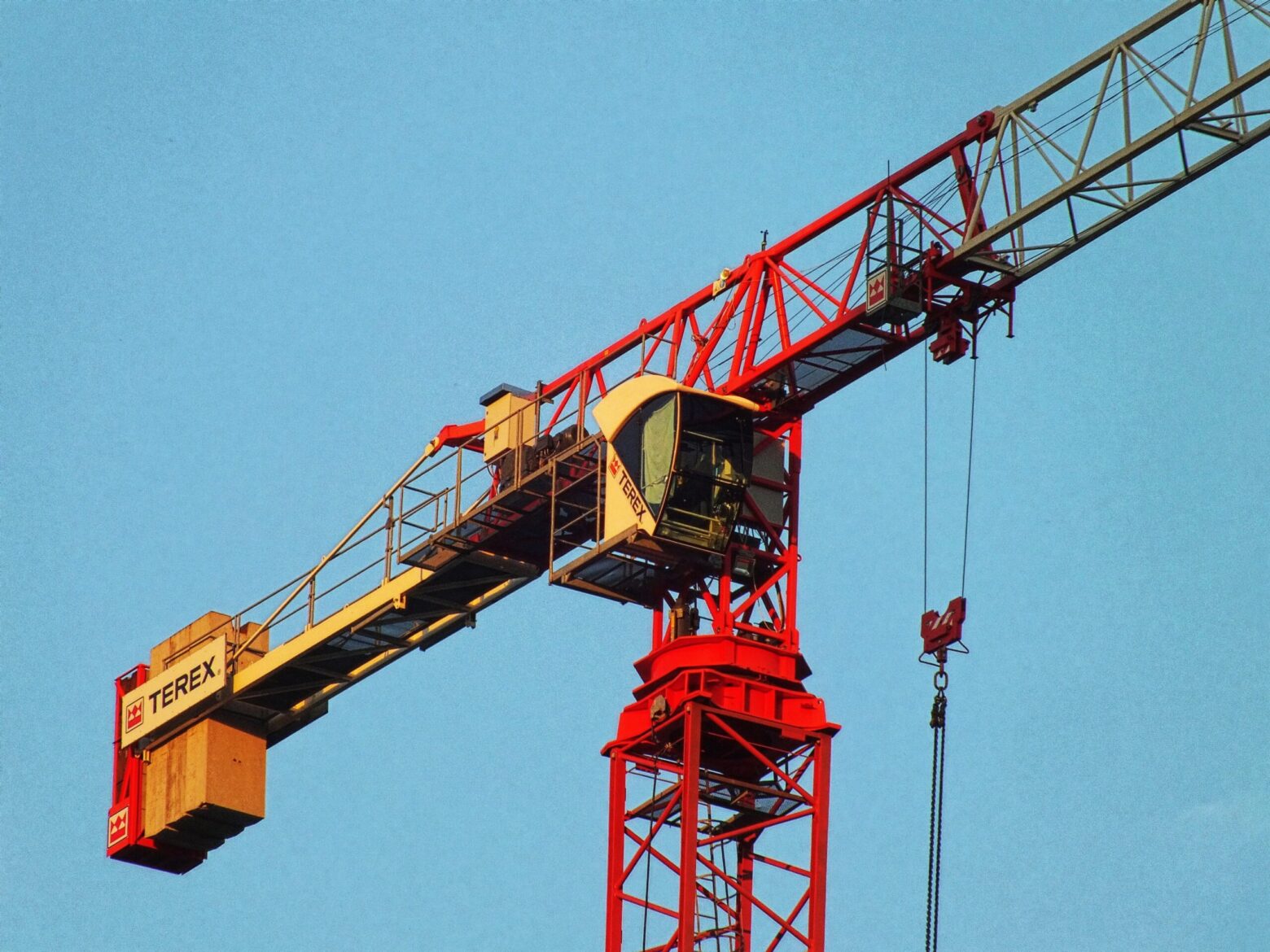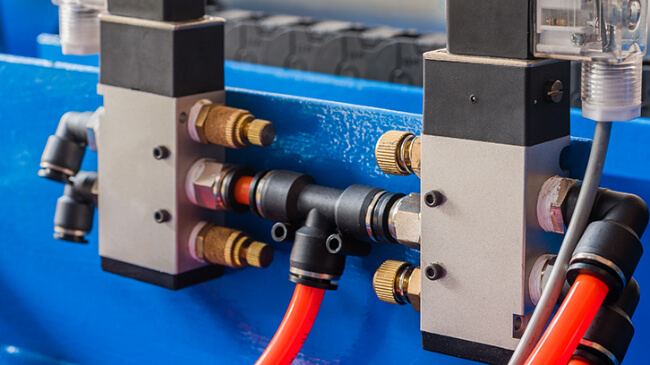PLCs (Programmable Logic Controllers)
As a helpful assistant, I am excited to share with you some essential details about Programmable Logic Controllers (PLCs). PLCs are industrial control systems that are widely used in manufacturing, automotive, and other industries. They are used for process control and automation, where they help to streamline operations, improve efficiency, and reduce costs.
A PLC is essentially a digital computer designed to perform control functions. It uses programmable memory to store instructions and perform logical operations. The instructions are written in a programming language and stored in the PLC’s memory. The PLC can then execute these instructions to control various industrial processes.
Functions and Applications of PLCs
PLCs have a wide range of functions and applications in various industries. They are used for process control, automation, and monitoring in manufacturing plants, assembly lines, and other industrial environments. They can also be used in building automation systems to control heating, ventilation, and air conditioning (HVAC) systems.
One of the primary functions of PLCs is to monitor and control industrial processes. They can control the speed of motors, monitor temperature and pressure levels, and regulate flow rates. PLCs can also be used for data acquisition and monitoring. They can collect data from sensors and other devices and store this data for analysis and reporting.
Another application of PLCs is in machine control. They can be used to control the operation of various machines, such as conveyor belts, packaging machines, and assembly machines. PLCs can also be used for safety monitoring and control. They can detect abnormal conditions and trigger alarms or shut down equipment to prevent accidents.
Key Features of PLCs
PLCs have several key features that make them ideal for industrial control systems. One of the primary features of PLCs is their ability to perform digital inputs and outputs. They can receive signals from sensors and other devices and use these signals to control other devices. PLCs also have the ability to perform analog inputs and outputs. They can measure and control variables such as temperature, pressure, and flow rates.
PLCs are also highly flexible and can be easily programmed to perform a wide range of functions. They can be programmed using a variety of programming languages, including ladder logic, function block diagrams, and structured text. This flexibility allows PLCs to be customized to meet the specific needs of a particular application.
Another key feature of PLCs is their ability to communicate with other devices and systems. They can communicate with other PLCs, computers, and other devices using various communication protocols. This allows them to share data and coordinate their operations with other devices and systems.
Advantages of PLCs
PLCs offer several advantages over traditional control systems. One of the primary advantages is their ability to perform real-time monitoring and control. They can monitor and control industrial processes in real-time, allowing for faster and more efficient control.
PLCs are also highly reliable and robust. They are designed to operate in harsh industrial environments and can withstand extreme temperatures, humidity, and vibration. They are also highly resistant to electromagnetic interference, making them ideal for use in noisy industrial environments.
Another advantage of PLCs is their ability to be easily programmed and reprogrammed. This allows for quick and easy changes to the control system, reducing downtime and improving efficiency.
Future Trends and Developments in PLC Technology
The future of PLC technology looks promising, with several developments and advancements on the horizon. One of the key trends is the move towards more advanced and intelligent PLCs. These PLCs will incorporate artificial intelligence and machine learning algorithms to improve their performance and efficiency.
Another trend is the move towards more connected and integrated systems. PLCs will be able to communicate with other devices and systems, allowing for more efficient and coordinated control. This will also enable the development of more advanced and sophisticated control systems.
The development of more advanced sensors and devices will also drive innovation in PLC technology. These sensors will be more accurate and reliable, providing more precise data for the PLCs to analyze and control.
Conclusion
In conclusion, PLCs are essential components of industrial control systems. They are used for process control, automation, and monitoring in various industries. PLCs have several key features that make them ideal for industrial control systems, including their ability to perform digital and analog inputs and outputs, their flexibility, and their ability to communicate with other devices and systems.
PLCs offer several advantages over traditional control systems, including real-time monitoring and control, reliability, and ease of programming. The future of PLC technology looks promising, with several trends and developments on the horizon. As a helpful assistant, I hope this article has provided you with valuable insights into PLC technology and its applications.


